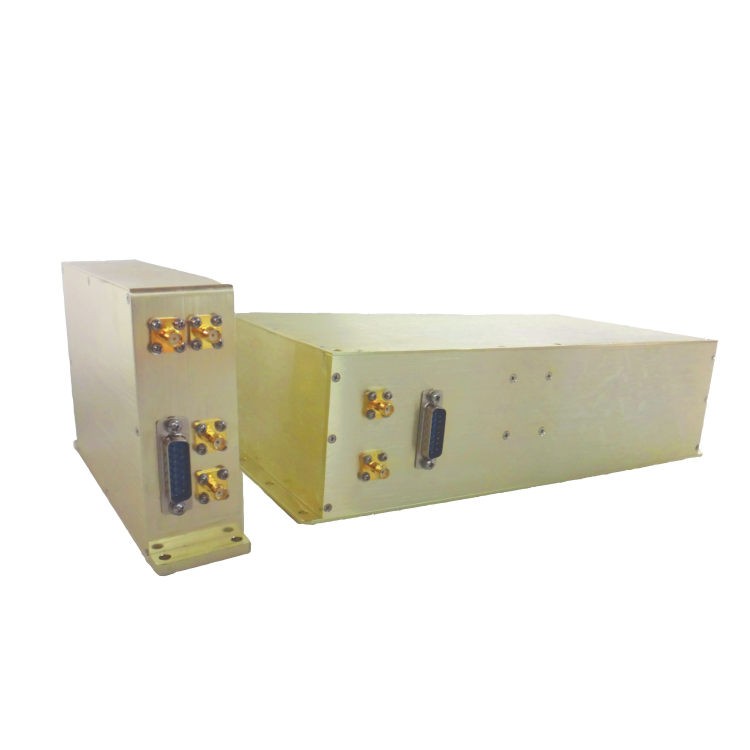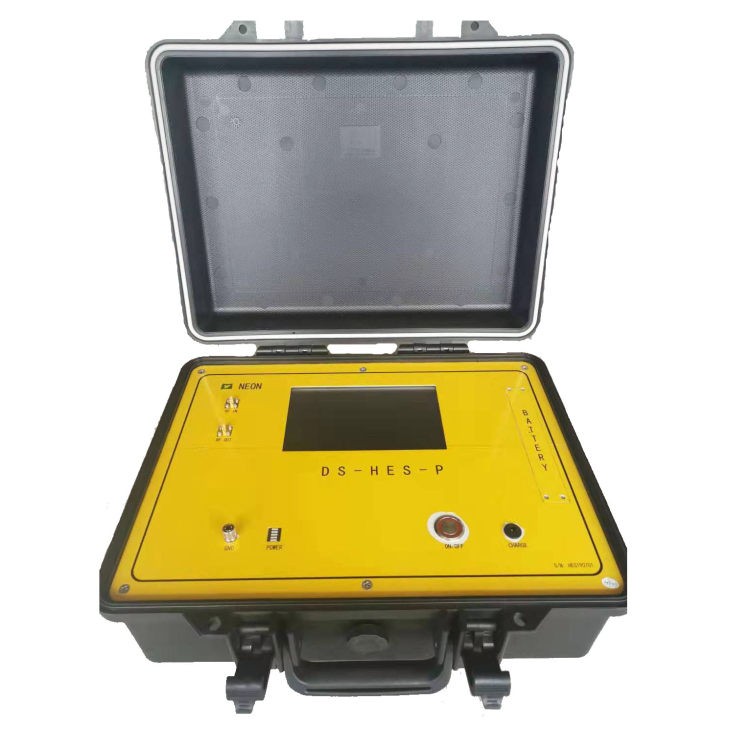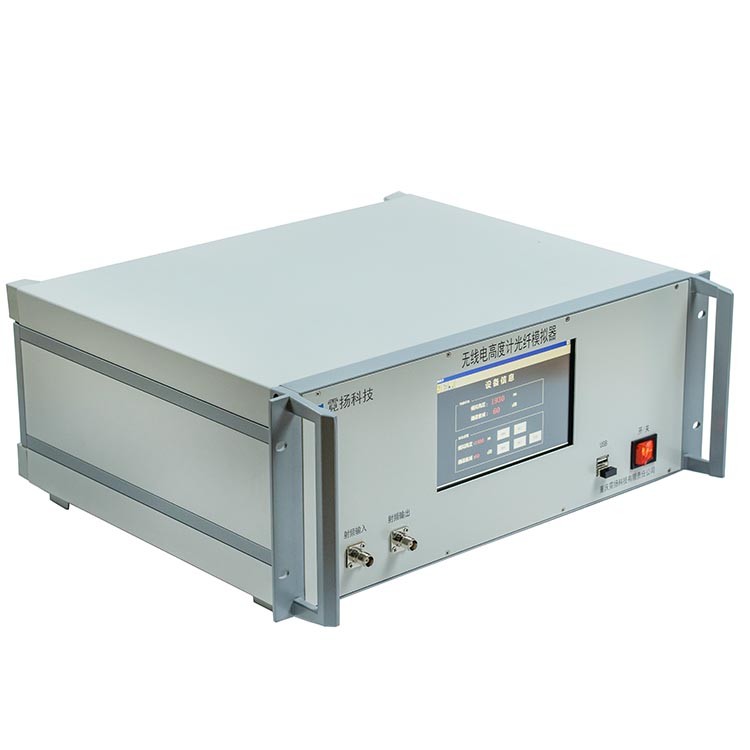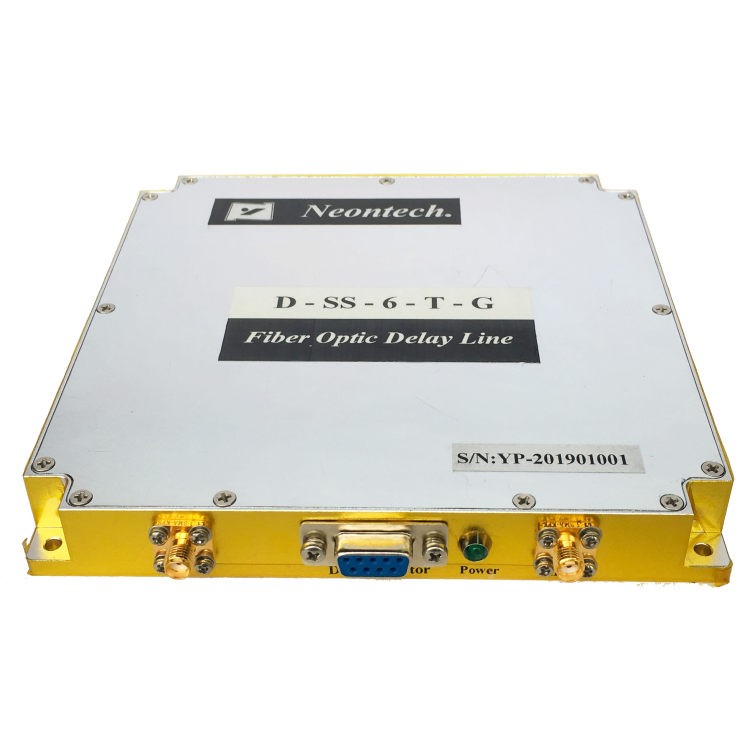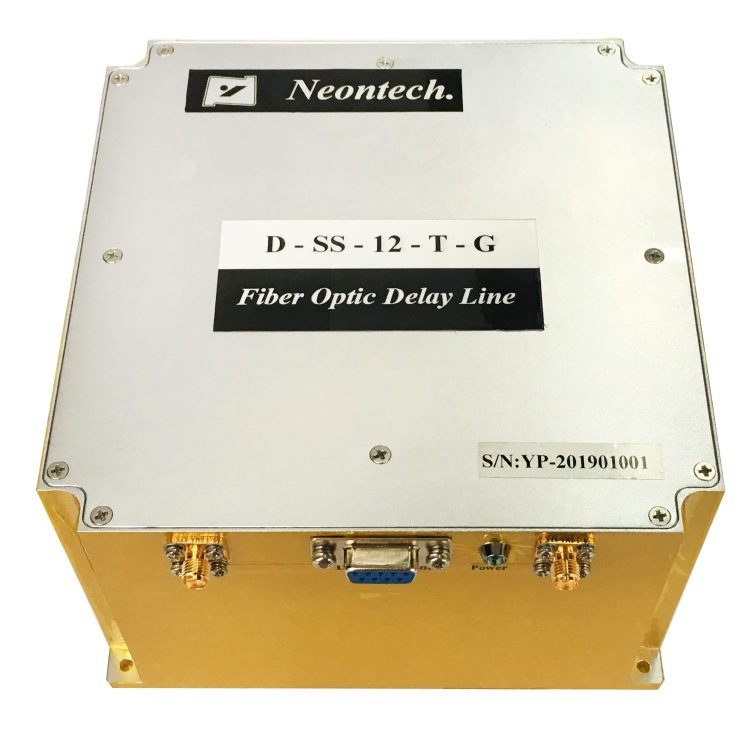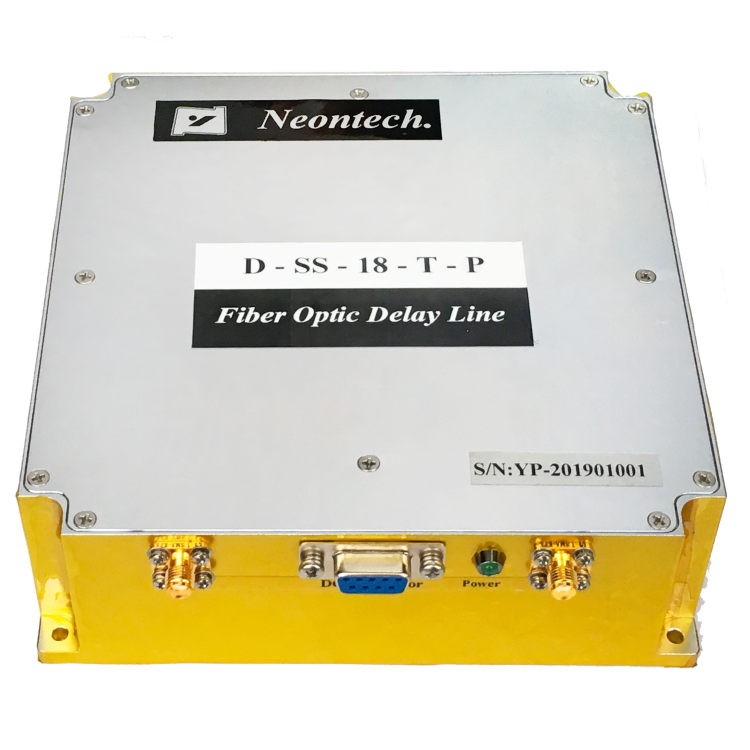Radio Altimeter Test Sets: Essential Tools for Ensuring Aircraft Safety and Reliability
In the world of aviation, safety is paramount. Pilots and aircraft operators rely on a variety of instruments and systems to navigate and ensure the safety of their flights. One such critical instrument is the radio altimeter, which measures an aircraft’s height above the ground. To ensure the accuracy and reliability of radio altimeters, radio altimeter test sets are used. In this article, we will delve into what a radio altimeter test set is, how it works, the different types available, and their diverse applications in aviation.
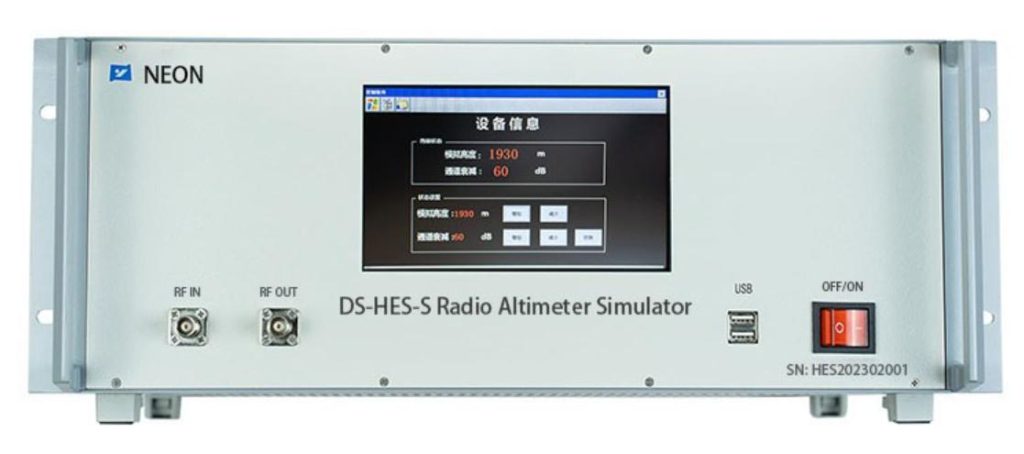
What is a Radio Altimeter Test Set?
A radio altimeter test set is a test instrument used to verify the performance of radio altimeters. Radio altimeters are electronic devices that measure the distance between an aircraft and the ground below it. They are used in a variety of aircraft applications, including:
- Ground proximity warning systems (GPWS): GPWS warn pilots when the aircraft is approaching the ground too quickly or when it is in a dangerous altitude configuration.
- Terrain avoidance and warning systems (TAWS): TAWS provides enhanced ground proximity warnings and also alert pilots to hazards such as terrain and obstacles.
- Autopilots and flight directors: Autopilots and flight directors use radio altimeter data to maintain altitude and to control aircraft descent.
Radio altimeter test sets are used to test the accuracy, reliability, and functionality of radio altimeters. They can also be used to troubleshoot problems with radio altimeter systems.
How Does a Radio Altimeter Test Set Work?
Radio altimeter test sets typically work by transmitting a radio signal to the radio altimeter under test. The radio altimeter then responds by transmitting a signal back to the test set. The test set measures the time it takes for the signal to travel back and forth and then uses this information to calculate the distance between the test set and the radio altimeter.
Radio altimeter test sets can also be used to simulate different altitude conditions. This allows technicians to test the radio altimeter’s performance in a variety of scenarios, such as when the aircraft is approaching the ground, when it is flying over rough terrain, or when it is experiencing electromagnetic interference.
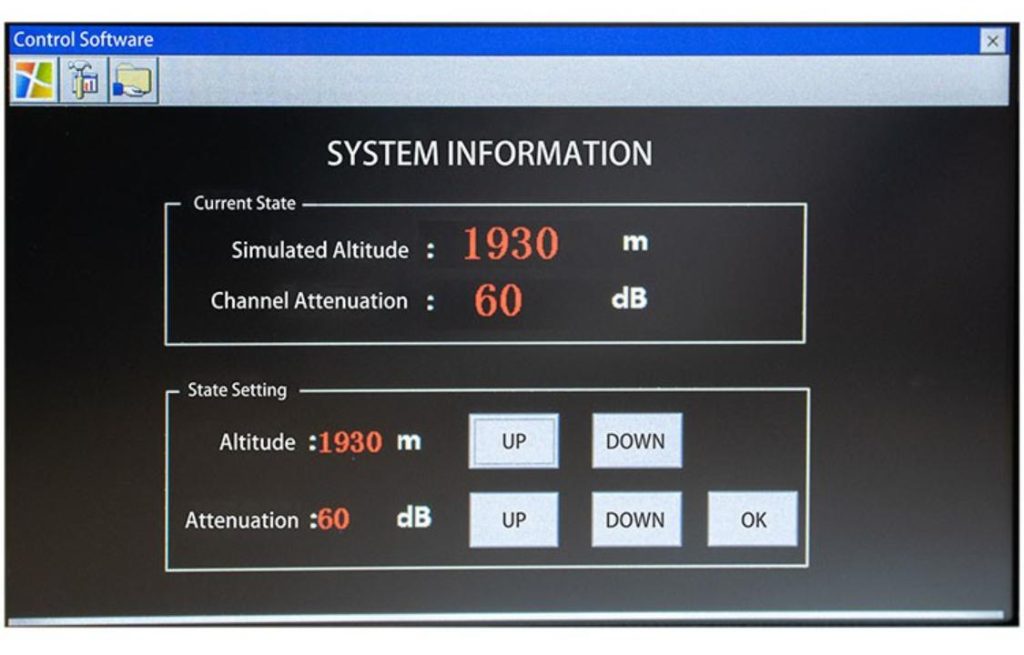
What are the Different Types of Radio Altimeter Test Sets?
There are two main types of radio altimeter test sets:
- Flight-line test sets: Flight-line test sets are portable and ruggedized, making them ideal for use in the field. They typically have a limited range of features, but they are sufficient for most basic radio altimeter testing.
- Benchtop test sets: Benchtop test sets are more sophisticated and offer a wider range of features than flight-line test sets. They are typically used in laboratories and maintenance facilities.
Radio altimeter test sets can also be classified by the type of signal they use to test the radio altimeter:
- RF test sets: RF test sets transmit and receive radio frequency (RF) signals. They are the most common type of radio altimeter test set.
- Fiber optic test sets: Fiber optic test sets use fiber optic cables to transmit and receive signals to the radio altimeter under test. Fiber optic test sets are less common than RF test sets, but they offer some advantages, such as immunity to electromagnetic interference.
What are the Applications of Radio Altimeter Test Sets?
Radio altimeter test sets are used in a variety of applications, including:
- Aircraft maintenance: Radio altimeter test sets are used to test the performance of radio altimeters during routine maintenance and after repairs. This helps to ensure that the radio altimeters are functioning properly and providing accurate altitude information. Radio altimeter test sets can also be used to identify and troubleshoot problems with radio altimeter systems.
- Production testing: Radio altimeter test sets are used to test radio altimeters during the manufacturing process. This helps to ensure that the radio altimeters meet all applicable quality and safety standards. Radio altimeter test sets can also be used to identify and correct any defects in the radio altimeters before they are installed in aircraft.
- Flight testing: Radio altimeter test sets are used to test the performance of radio altimeters during flight testing of new aircraft and aircraft modifications. This helps to ensure that the radio altimeters are functioning properly in real-world conditions. Radio altimeter test sets can also be used to measure the radio altimeters’ performance under different flight conditions, such as different altitudes, speeds, and terrain.
- Research and development: Radio altimeter test sets are used to develop and test new radio altimeter technologies. This helps to improve the performance and reliability of radio altimeters. Radio altimeter test sets can also be used to evaluate new radio altimeter designs and to identify any potential problems.
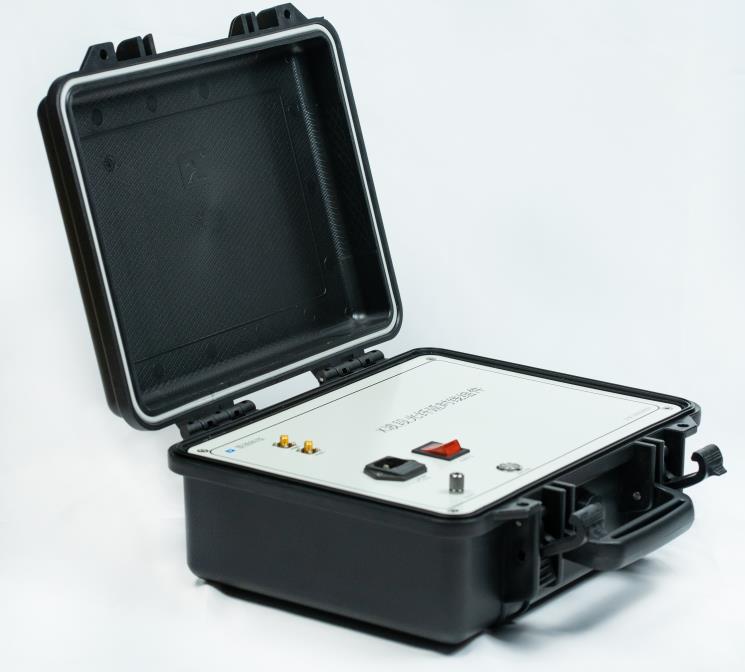
Summary
Radio altimeter test sets are indispensable tools in the aviation industry. They are responsible for ensuring that radio altimeters, which are critical for safe flight operations, function accurately and reliably. By simulating various altitudes and testing radio altimeters under different conditions, these sets help maintain aviation safety standards, prevent accidents, and ensure compliance with regulations. With different types available for various applications, radio altimeter test sets continue to be a vital component of aviation maintenance and safety protocols, allowing us to keep our skies safe for travel.


